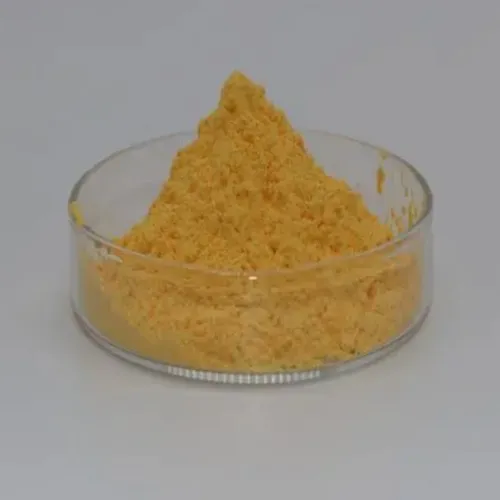Warning: Undefined array key "title" in /home/www/wwwroot/HTML/www.exportstart.com/wp-content/themes/1198/header.php on line 6
Warning: Undefined array key "file" in /home/www/wwwroot/HTML/www.exportstart.com/wp-content/themes/1198/header.php on line 7
Warning: Undefined array key "title" in /home/www/wwwroot/HTML/www.exportstart.com/wp-content/themes/1198/header.php on line 7
Warning: Undefined array key "title" in /home/www/wwwroot/HTML/www.exportstart.com/wp-content/themes/1198/header.php on line 7
- Afrikaans
- Albanian
- Amharic
- Arabic
- Armenian
- Azerbaijani
- Basque
- Belarusian
- Bengali
- Bosnian
- Bulgarian
- Catalan
- Cebuano
- China
- China (Taiwan)
- Corsican
- Croatian
- Czech
- Danish
- Dutch
- English
- Esperanto
- Estonian
- Finnish
- French
- Frisian
- Galician
- Georgian
- German
- Greek
- Gujarati
- Haitian Creole
- hausa
- hawaiian
- Hebrew
- Hindi
- Miao
- Hungarian
- Icelandic
- igbo
- Indonesian
- irish
- Italian
- Japanese
- Javanese
- Kannada
- kazakh
- Khmer
- Rwandese
- Korean
- Kurdish
- Kyrgyz
- Lao
- Latin
- Latvian
- Lithuanian
- Luxembourgish
- Macedonian
- Malgashi
- Malay
- Malayalam
- Maltese
- Maori
- Marathi
- Mongolian
- Myanmar
- Nepali
- Norwegian
- Norwegian
- Occitan
- Pashto
- Persian
- Polish
- Portuguese
- Punjabi
- Romanian
- Russian
- Samoan
- Scottish Gaelic
- Serbian
- Sesotho
- Shona
- Sindhi
- Sinhala
- Slovak
- Slovenian
- Somali
- Spanish
- Sundanese
- Swahili
- Swedish
- Tagalog
- Tajik
- Tamil
- Tatar
- Telugu
- Thai
- Turkish
- Turkmen
- Ukrainian
- Urdu
- Uighur
- Uzbek
- Vietnamese
- Welsh
- Bantu
- Yiddish
- Yoruba
- Zulu
Oct . 03, 2024 07:08 Back to list
Uses and Safety of Monopropylene Glycol as a Food Additive in the Industry
Monopropylene Glycol in Food An Overview
Monopropylene glycol, often abbreviated as MPG, is a synthetic organic compound widely used in various industries, including food production. It is a colorless, odorless, and hygroscopic liquid that is soluble in water, acetone, and chloroform. The compound has garnered attention for its versatility and functional properties, making it a common ingredient in numerous food products.
Initially developed in the 19th century, monopropylene glycol is derived from petroleum products through a chemical process involving the hydration of propylene oxide. It is classified as a food additive under the E-number system and is listed as E1520. The United States Food and Drug Administration (FDA) has recognized monopropylene glycol as Generally Recognized As Safe (GRAS), which means it is considered safe for consumption when used in accordance with good manufacturing practices.
Applications in Food
Monopropylene glycol serves several essential functions in food processing. One of its primary uses is as a humectant, which means it helps retain moisture in products, preventing them from drying out. This property is particularly beneficial in baked goods, candies, and snack foods, where maintaining a desirable texture and extending shelf life are crucial.
Moreover, it is also utilized as a solvent for flavoring agents and food colorings. By enhancing the solubility of various compounds, monopropylene glycol ensures an even distribution of flavors and colors throughout the product, resulting in a consistent taste and appearance. This makes it a valuable ingredient in products such as sauces, dressings, and marinades.
monopropylene glycol in food

Another significant application of monopropylene glycol is its role as a preservative. It has antimicrobial properties that can inhibit the growth of certain bacteria and fungi, adding to the product's overall safety. In the food industry, where maintaining hygiene and preventing spoilage are of utmost importance, this characteristic makes monopropylene glycol a useful addition.
Health Considerations
Despite its safety profile, some consumers have raised concerns about the use of synthetic additives like monopropylene glycol in food. While it is generally recognized as safe, excessive consumption or exposure could have adverse effects. Studies have indicated that high doses may lead to gastrointestinal discomfort or other mild reactions in sensitive individuals.
However, it is essential to note that the concentrations of monopropylene glycol used in food products are well below the levels associated with such side effects. Regulatory agencies, including the FDA and the European Food Safety Authority (EFSA), continue to monitor and evaluate the safety of food additives, ensuring that they pose no significant risk to public health.
Conclusion
Monopropylene glycol is an essential component in the food industry, providing multiple functional benefits, including moisture retention, flavor solubility, and preservation. While it has been deemed safe for consumption, as with all food additives, moderation is key. Increased consumer awareness and preference for natural products have led some manufacturers to seek alternatives; however, monopropylene glycol remains a staple ingredient due to its efficacy and versatility. As with any food additive, understanding its role and safety can help consumers make informed choices about the products they consume, balancing convenience and health considerations in their diets.
Latest news
-
Certifications for Vegetarian and Xanthan Gum Vegetarian
NewsJun.17,2025
-
Sustainability Trends Reshaping the SLES N70 Market
NewsJun.17,2025
-
Propylene Glycol Use in Vaccines: Balancing Function and Perception
NewsJun.17,2025
-
Petroleum Jelly in Skincare: Balancing Benefits and Backlash
NewsJun.17,2025
-
Energy Price Volatility and Ripple Effect on Caprolactam Markets
NewsJun.17,2025
-
Spectroscopic Techniques for Adipic Acid Molecular Weight
NewsJun.17,2025

